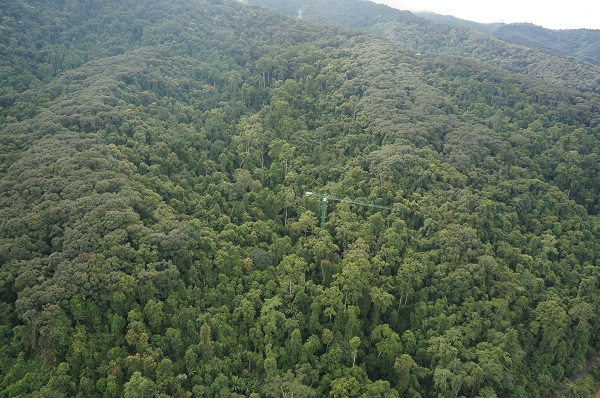The majority of species in plant communities are rare. Niche partitioning hypotheses have been proposed to explain the commonness and rarity of species in plant communities. It posits that common species occupy wide and core positions, while rare species occupy narrow and outlying niche positions.
In a study published in Functional Ecology, researchers tested the niche partitioning by examining key predictions regarding the relationship between environmental and functional niches and species abundance. They also examined the heterogeneity of light availability and topographic and edaphic variables.
The researchers compiled a dataset of environmental variables and plant functional traits collected from 4,302 individual trees of 423 species and environmental data in a subtropical broadleaved evergreen forest (Gutianshan plot) and a tropical seasonal rainforest (Xishuangbanna plot) in China.
They observed a strong positive relationship between environmental niche width and species abundance, but a negative relationship between environmental niche position and species abundance in both the Gutianshan and Xishuangbanna plots.
Rare species tend to occupy outlying niches in both environmental and functional niche space. This likely allows rare species to avoid competition from dominant species. However, rare species tended to have a similar or larger niche width than common species in functional space, which contrasts with their narrower niche width in environmental space.
“Our results support the prediction that rare species occupy outlying niches to avoid competition with common species,” said Dr. SUN Zhenhua, co-first author of the study.
“Rare species are expected to be more important for ecosystem stability and functioning than previously supposed,” said Dr. LIN Luxiang, another important contributor to the study.
The research was jointly completed by researchers from Institute of Botany and Xishuangbanna Tropical Botanical Garden (XTBG).
Contact
SUN Zhenhua Ph.D
Key Laboratory of Tropical Forest Ecology, Xishuangbanna Tropical Botanical Garden, Chinese Academy of Sciences, Mengla, Yunnan 666303, China
E-mail: sunzhenhua@xtbg.ac.cn
Tropical seasonal rainforest (Xishuangbanna plot) (image by XTBG)

